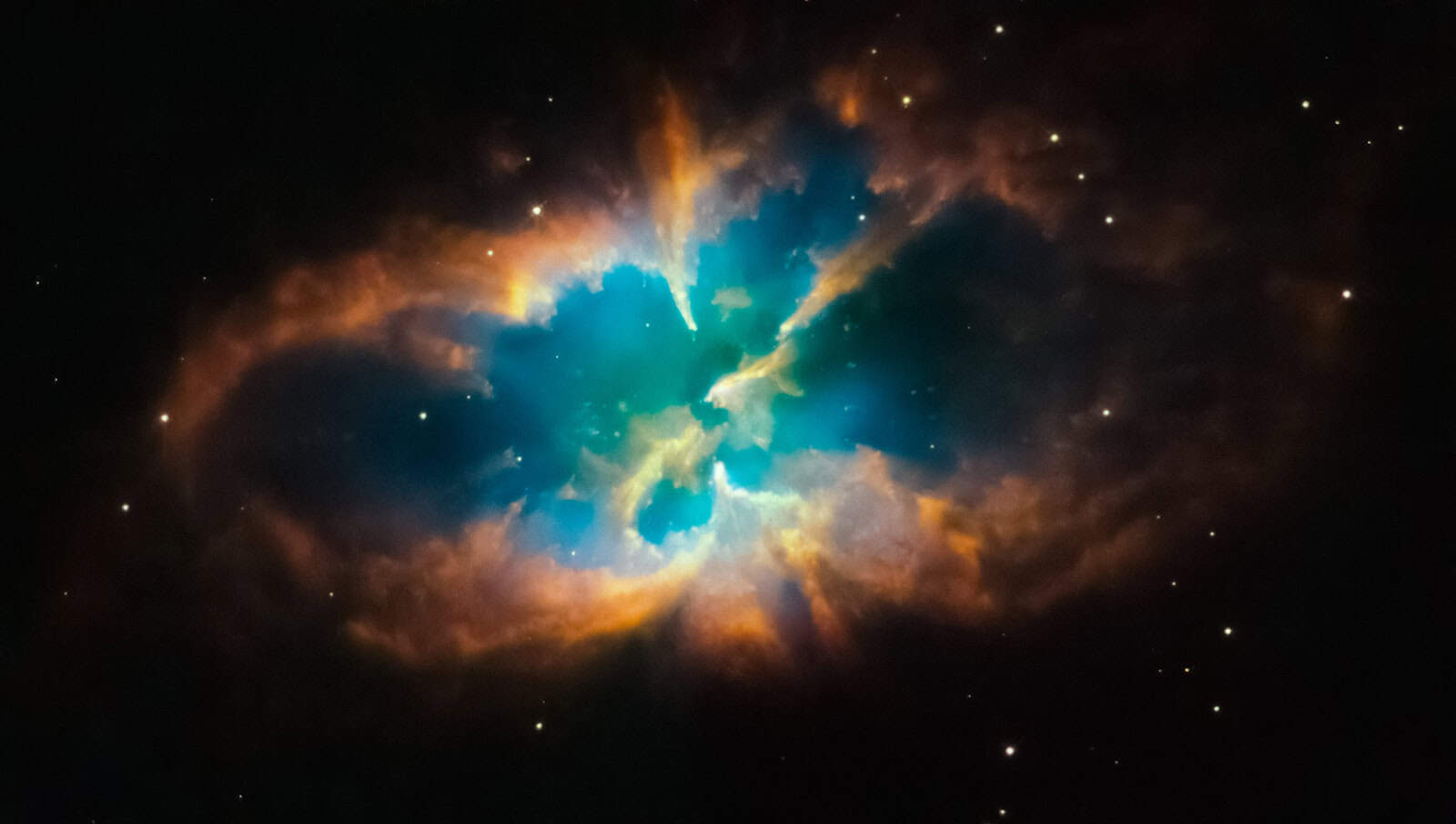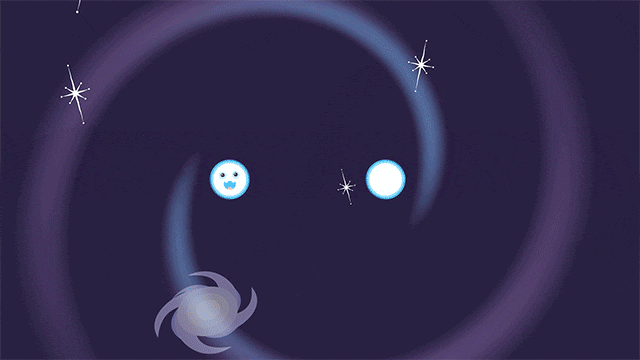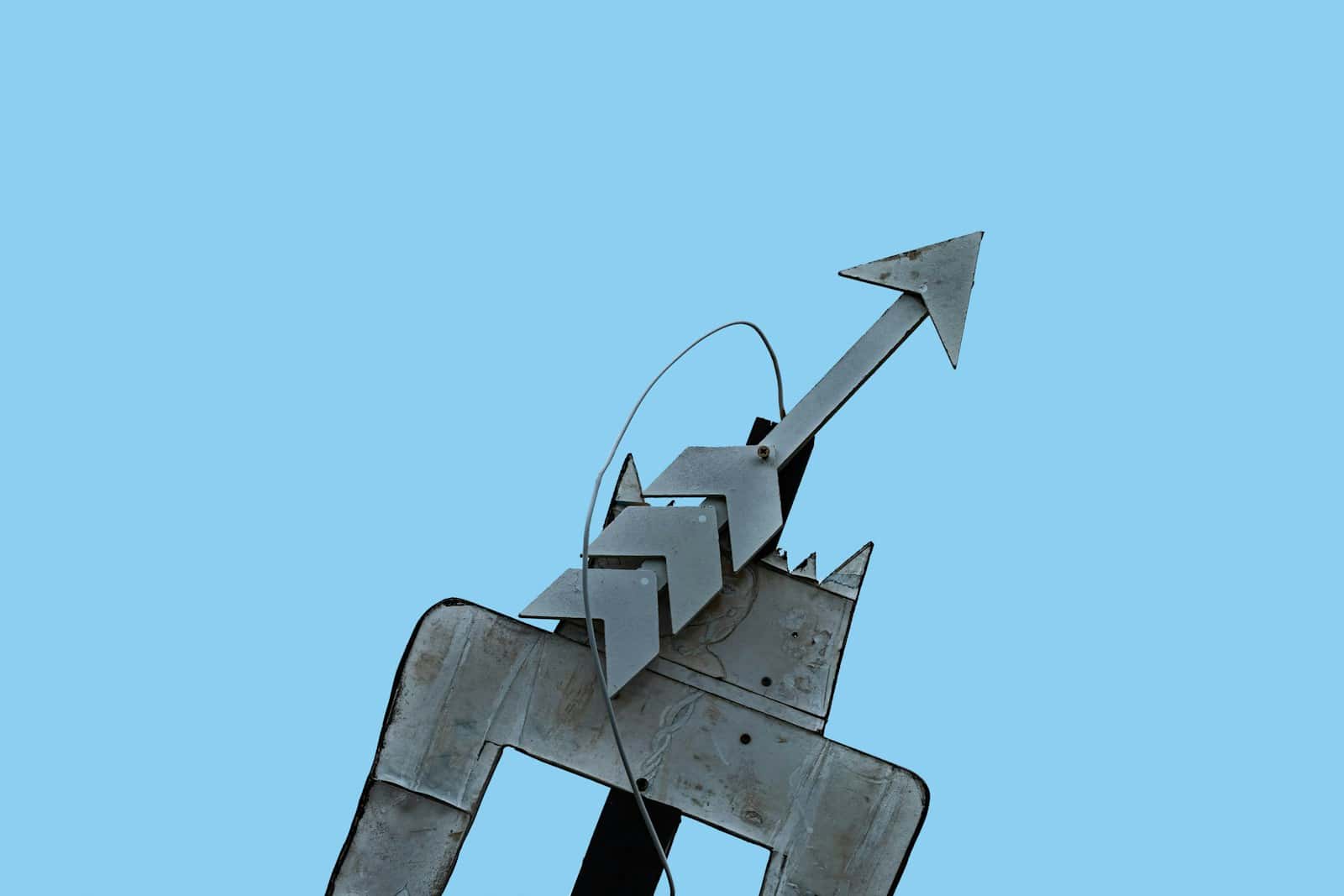A planetary alignment occurs when two or more planets appear to line up in the sky from our perspective on Earth. This phenomenon can involve planets in our solar system, such as Mercury, Venus, Mars, Jupiter, and Saturn, and can create a stunning visual display. The alignment is not a perfect straight line; rather, the planets may be spread out over a certain area of the sky.
The alignment can be partial or complete, depending on the specific positions of the planets in their orbits around the Sun. The concept of planetary alignment is rooted in the mechanics of celestial bodies and their orbits. Each planet travels around the Sun at its own speed and distance, which means that alignments are temporary and fleeting.
While they may seem like a simple astronomical event, they are influenced by complex gravitational interactions and the relative positions of the planets. As you gaze up at the night sky during an alignment, you are witnessing a moment where the cosmic dance of these celestial bodies aligns in a way that is both beautiful and scientifically significant.
Key Takeaways
- A planetary alignment occurs when several planets in our solar system appear to line up in the sky from our perspective on Earth.
- The rare planetary alignment can be seen in the early morning sky from late January to early February, and it will be visible from all around the world.
- This planetary alignment is considered rare because it only happens once every 20 years, and it involves the alignment of Jupiter, Saturn, and Mars.
- During the rare planetary alignment, stargazers can observe the close proximity of Jupiter, Saturn, and Mars in the sky, creating a stunning celestial display.
- Planetary alignments do not have a direct physical effect on Earth or its inhabitants, but they have been historically significant in ancient cultures and civilizations for their astrological and symbolic meanings.
When and where can the rare planetary alignment be seen?
Optimal Viewing Conditions
Generally, planetary alignments can be observed during twilight or just after sunset when the sky is dark enough to see the planets clearly. The quality of the viewing experience also depends on the observer’s location. If you live in an area with minimal light pollution and clear skies, your chances of witnessing a planetary alignment increase significantly.
Staying Informed
To find out when the next rare planetary alignment will occur, you can consult astronomical calendars or websites dedicated to stargazing. These resources provide detailed information about upcoming events, including dates, times, and visibility conditions.
Experiencing the Event
Whether you are in a bustling city or a remote countryside, knowing when to look up can make all the difference in experiencing this awe-inspiring event. By being aware of the optimal viewing conditions and staying informed about upcoming alignments, you can increase your chances of witnessing this rare and spectacular celestial event.
Why is this planetary alignment considered rare?

Planetary alignments are considered rare due to the unique conditions required for them to occur. The planets in our solar system have different orbital periods, meaning they take varying amounts of time to complete a full revolution around the Sun. For example, Mercury takes about 88 days to orbit the Sun, while Neptune takes around 165 Earth years.
Because of these differences, it is uncommon for multiple planets to align perfectly within a short time frame. Additionally, the gravitational forces at play among the planets can affect their trajectories and positions in space. As they move through their orbits, they may occasionally come close to one another from our perspective on Earth, but achieving a true alignment is a rare occurrence.
This rarity adds to the excitement and allure of witnessing such an event, as it may not happen again for many years or even decades.
What can be observed during the rare planetary alignment?
| Observation | Description |
|---|---|
| Planetary Alignment | Alignment of multiple planets in the solar system |
| Brighter Planets | Planets may appear brighter in the night sky |
| Visible Planets | More planets may be visible to the naked eye |
| Astronomical Events | Increased occurrence of astronomical events such as conjunctions and oppositions |
| Research Opportunities | Scientists may have the chance to study rare planetary configurations |
During a rare planetary alignment, you can expect to see several planets shining brightly in the night sky. Depending on which planets are involved in the alignment, you may observe distinct colors and brightness levels. For instance, Venus often appears as a brilliant white or yellowish object, while Mars may present itself as a reddish hue.
Jupiter and Saturn are also easily recognizable due to their size and brightness. In addition to the planets themselves, you might also notice other celestial phenomena during an alignment. For example, if the alignment occurs near a crescent moon, the combination can create a breathtaking visual effect.
You may also have the opportunity to spot some of the brighter stars or constellations that serve as backdrops to this cosmic event. Observing these celestial bodies together can deepen your appreciation for the vastness of space and our place within it.
How does a planetary alignment affect Earth and its inhabitants?
While planetary alignments are visually stunning events, they do not have any significant physical effects on Earth or its inhabitants. The gravitational forces exerted by distant planets are negligible compared to those of the Moon and Sun, which are much closer to our planet. Therefore, you need not worry about any drastic changes in tides or geological activity during an alignment.
However, these events can have psychological and cultural impacts on people. Many individuals find inspiration and wonder in observing celestial events, leading to increased interest in astronomy and science. Planetary alignments can also serve as reminders of our connection to the universe and encourage us to reflect on our place within it.
For some cultures and belief systems, these alignments may hold spiritual significance or be seen as omens that inspire various interpretations.
The significance of planetary alignments in ancient cultures and civilizations

Throughout history, planetary alignments have held great significance for various cultures and civilizations. Ancient astronomers meticulously observed the movements of celestial bodies and recorded their findings in texts that have survived through time. For many societies, these alignments were seen as powerful omens or messages from the gods.
For instance, ancient Mesopotamians viewed planetary alignments as indicators of future events and used them to guide agricultural practices and political decisions. Similarly, ancient Egyptians aligned their pyramids with specific stars and planets, believing that these celestial bodies played a role in the afterlife. In many indigenous cultures around the world, celestial events were woven into their mythology and storytelling traditions, reflecting their deep connection to the cosmos.
How can amateur astronomers and stargazers best view the rare planetary alignment?
If you’re eager to witness a rare planetary alignment as an amateur astronomer or stargazer, there are several tips you can follow to enhance your experience. First and foremost, choose a location with minimal light pollution for optimal visibility. Parks or rural areas away from city lights provide ideal settings for stargazing.
Next, familiarize yourself with the specific planets involved in the alignment ahead of time. Knowing what to look for will help you identify each planet more easily when you gaze up at the night sky. You might also consider using binoculars or a telescope for a closer view of these celestial bodies; however, many planets are visible to the naked eye during an alignment.
Lastly, be patient and allow yourself time to absorb the beauty of the moment. Bring along a blanket or chair for comfort as you sit back and enjoy the spectacle unfolding above you. Sharing this experience with friends or family can also enhance your enjoyment as you collectively marvel at the wonders of the universe.
The next predicted rare planetary alignment: when and what to expect
As you look forward to experiencing a rare planetary alignment, it’s essential to stay informed about upcoming events. The next predicted rare planetary alignment is set to occur on [insert date], when several prominent planets will align in a stunning display across the night sky. During this event, you can expect to see [insert specific planets involved], each contributing its unique brilliance to the celestial tapestry.
In preparation for this exciting occasion, consider marking your calendar and planning your viewing location ahead of time. Check local weather forecasts to ensure clear skies on the night of the alignment so that you can fully appreciate this extraordinary event. Whether you’re an experienced astronomer or simply someone who enjoys gazing at the stars, this rare planetary alignment promises to be an unforgettable experience that connects you with the cosmos in a profound way.
In conclusion, planetary alignments offer not only breathtaking visual displays but also opportunities for reflection on our place in the universe. By understanding what these alignments are and how they impact us—both scientifically and culturally—you can deepen your appreciation for these celestial events and prepare yourself for future occurrences that will light up our night skies.
Click here to subscribe for more >
FAQs
What is planetary alignment?
Planetary alignment refers to the phenomenon where multiple planets in our solar system appear to line up in a straight line as seen from Earth. This can occur when the planets are positioned in such a way that they appear to be in a straight line relative to Earth’s perspective.
How often does planetary alignment occur?
Planetary alignment is a relatively rare occurrence and depends on the positions and orbits of the planets in our solar system. While some form of alignment can occur every few years, a perfect alignment where all the planets line up in a straight line is extremely rare and may only occur once in several decades.
What causes planetary alignment?
Planetary alignment is primarily caused by the gravitational forces between the planets in our solar system. As the planets orbit the Sun, their positions and movements can cause them to appear aligned from Earth’s perspective.
Can planetary alignment have any effects on Earth?
There is no scientific evidence to suggest that planetary alignment has any direct physical effects on Earth. While some people believe that planetary alignment can influence human behavior or natural disasters, these claims are not supported by scientific research.
Can planetary alignment be seen with the naked eye?
Yes, planetary alignment can be observed with the naked eye, especially during clear nights when the planets are visible in the night sky. However, the exact alignment and visibility of the planets may vary depending on the time of year and the positions of the planets in their orbits.




